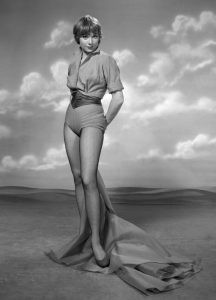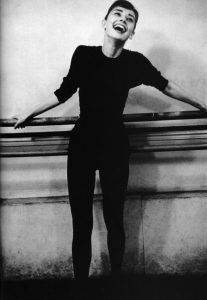Back when I started this site, my belief was that we each had a combination of lines and coloring (our “syntax”), and then we could personalize our look within these boundaries (“style”). At the time, the conventional wisdom within the nascent color and style community was that your lines would be determined by your Kibbe “archetype,” and then your true coloring would be revealed through a Sci\ART draping.
But as the years have worn on, I have seen color gurus of equal respectability give completely different palettes to the same person. Even people trained in the same system can see different things in a single individual. As such, I no longer believe that there is one true answer for either aspect.
What I think matters most is how you feel. Do you love your style? Do you love the fact that you get to wake up and wear your lines and colors and express yourself?
I can say that when my color journey led me to Dark Autumn and then four-season Autumn and Spring, I didn’t feel that way. Everything was just okay. I always felt like I was holding myself back from what I actually wished I could wear.
So when I had the realization I was actually a Type Four (update since that post: I have since realized I am a 4/3), I was a little afraid. Type Four’s colors were the colors I had told myself were off-limits to me. At first, I thought I would just do it some of the time, and have a wardrobe with different outfits for different moods.
But I also realized as a Type Four, I don’t really have that in my personality. I’m more constant. It just doesn’t happen that I’d rather wear Spring or Autumn colors over bold hues, neon, and black and white. I don’t need the choice. I need to allow myself to be myself.
So if you have conflicting results in different style systems–that’s okay. You may not even be happiest in the one that is “objectively the best” on you. Go with what makes you the happiest to get dressed in the morning. For me, letting go of forcing myself to choose made it very clear which one I actually liked best. You may, in fact, like having choice, and always have a wardrobe with different “moods.” This is also fine! Let you wardrobe serve you, and don’t feel like you have to restrict yourself to some edict that comes from outside of you.

